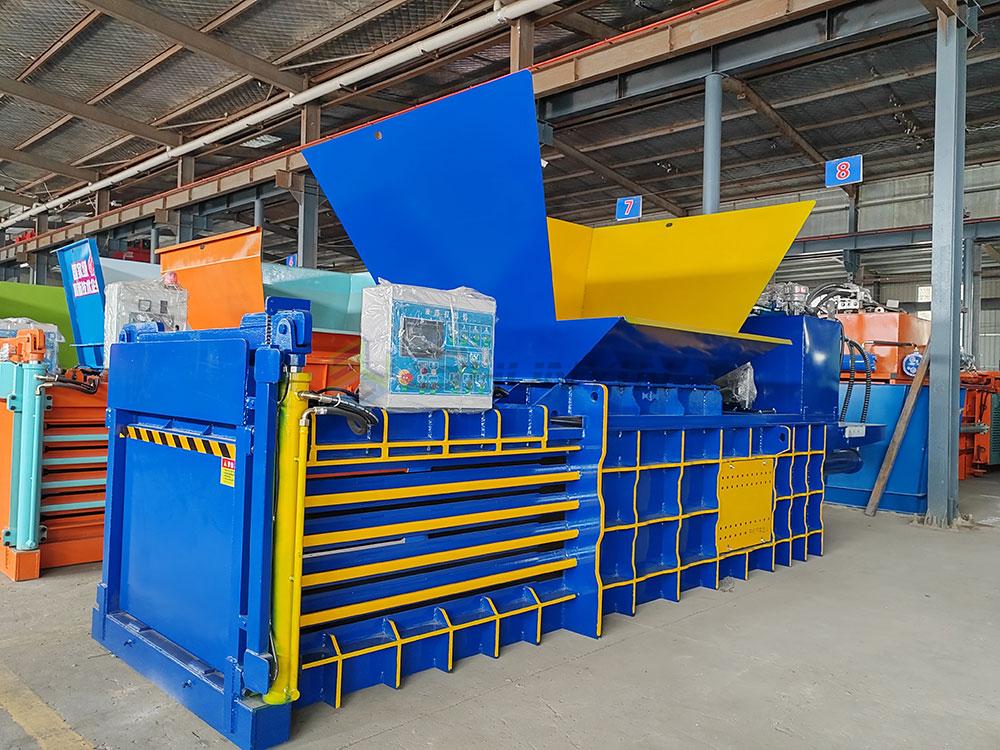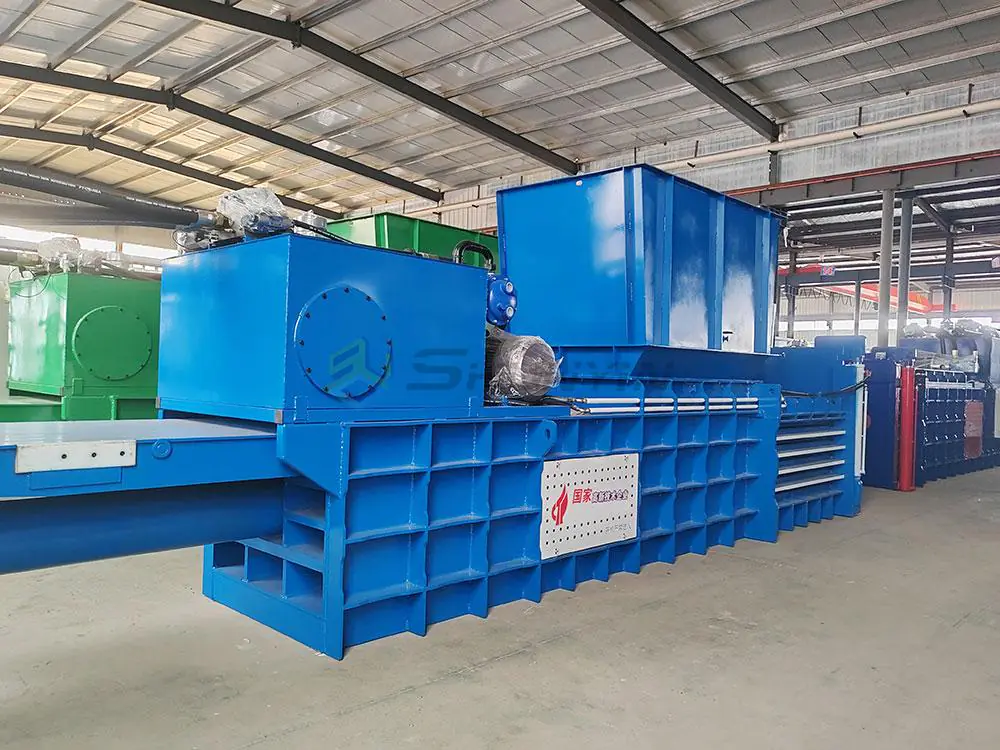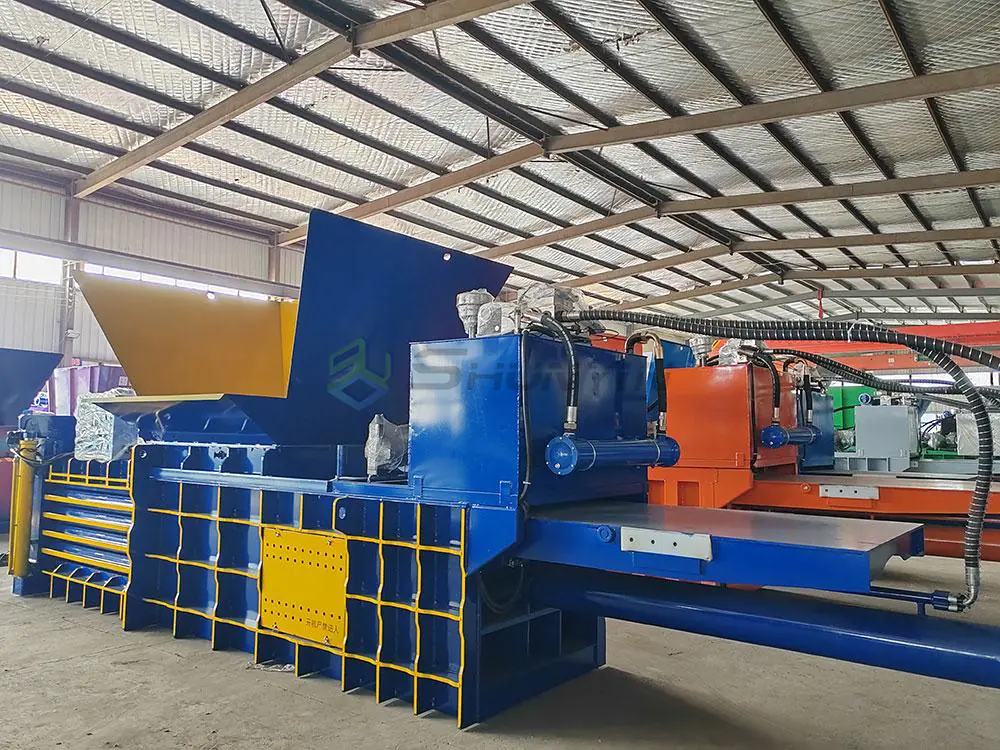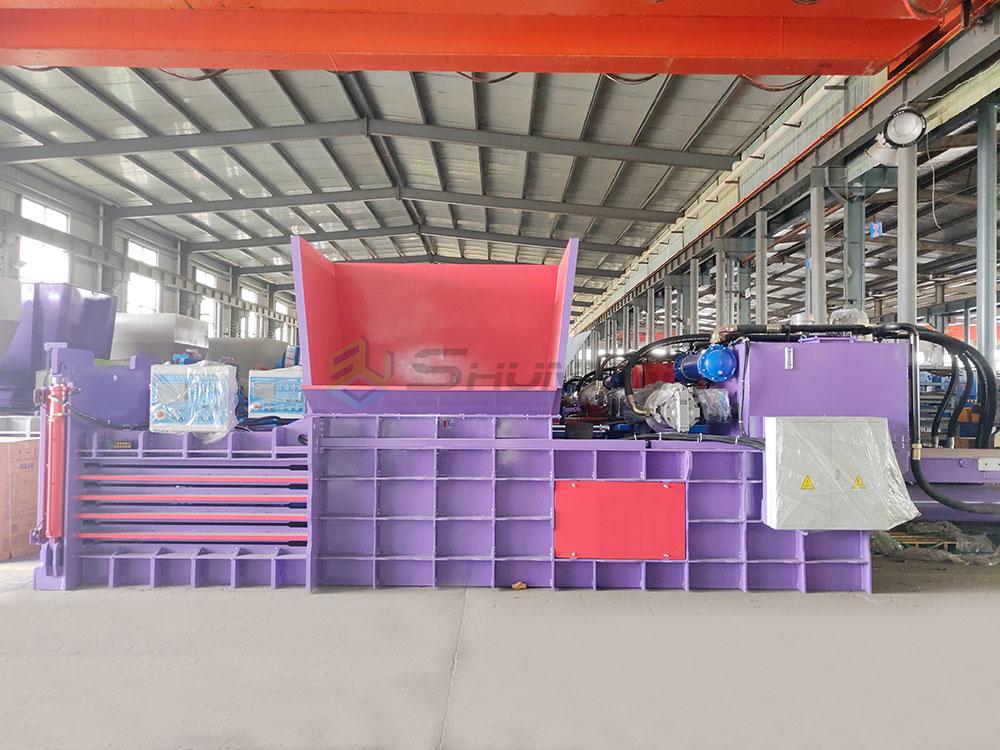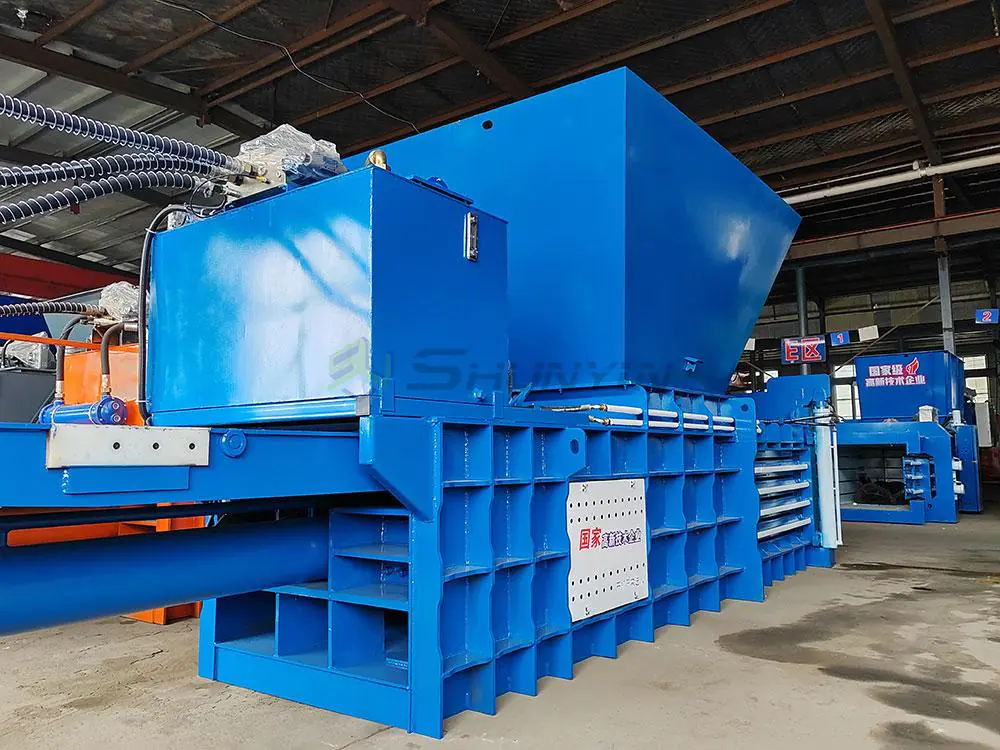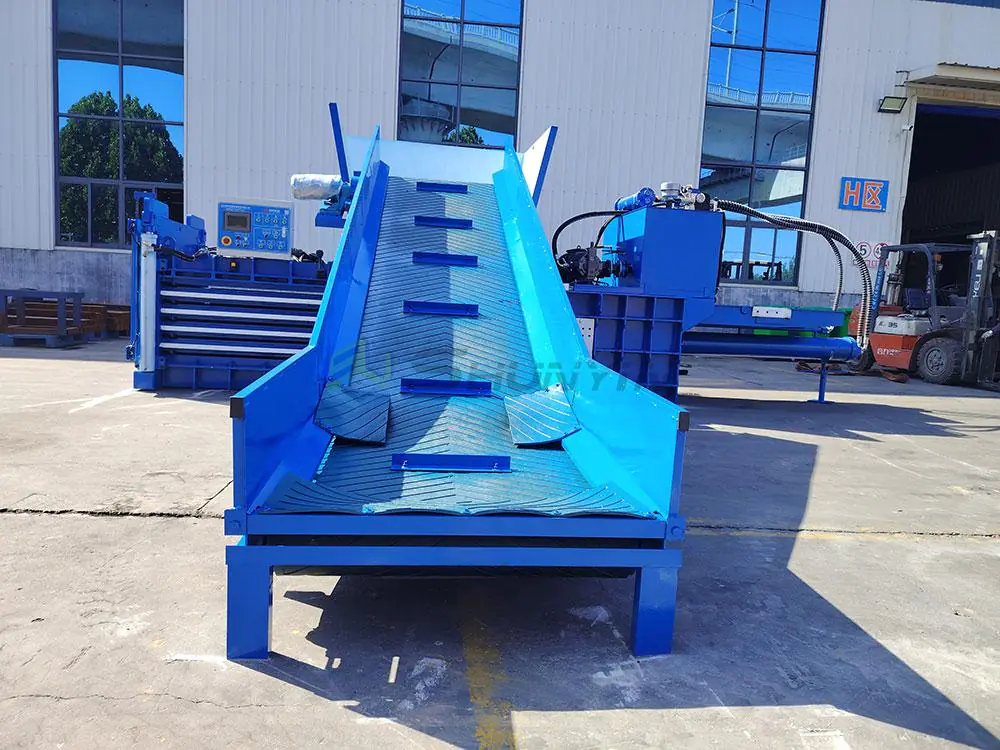Want to know why horizontal baler pricing frustrates buyers? Let me simplify it. Quality checks, customization options, and trustworthy suppliers control real costs. Choose right; save thousands.
Standard horizontal balers cost $5,000-$50,000; automation adds 30-50%. Prices swing with size, output, and build quality—demand verified suppliers to avoid scams. For fair quotes, request our instant pricing guide.

Ever tried comparing machine quotes across vendors? It gets messy fast. I’ve streamlined this process after years helping buyers like you. Next, we clarify exactly what you pay for.
What is the average price of a baler?
Comparing baler prices feels confusing, right? Waste types and bale sizes inflate quotes unfairly. I offer transparent pricing methods.
Most balers average $12,000-$35,000; manual units start at $7,500. Expect hikes for heavy-duty metal or custom widths. As a factory, we skip middlemen—delivering 20% lower rates than resellers.

Cost variables reveal savings gaps. Let’s dissect pricing layers.
Size and Power
Small balers handling 1-ton daily loads run cheaper. Expect $8,000-$15,000. Heavy 10-ton models soar to $45,000. Horsepower (HP) directly impacts this:
| HP Rating | Output Capacity | Price Estimate |
|---|---|---|
| 10-20 HP | 1-3 tons/day | $7,500-$15,000 |
| 30-50 HP | 5-8 tons/day | $18,000-$35,000 |
| 60+ HP | 10+ tons/day | $36,000-$50,000 |
High-volume buyers waste cash on undersized machines. Test materials first—we customize load tests.
Material-Specific Engineering
Cardboard balers need basic compression. Metal scrap units require hardened steel. We use global-grade components, keeping repairs low.
Certification Costs
Fake ISO certificates trick buyers annually. I provide third-party verifications via video calls. Real compliance adds $1,000-$3,000—worth avoiding fines.
What is the price of automatic baler machine?
Automatic baler ads promise savings, but unclear quotes cause distrust. How much for true efficiency? I faced this struggle sourcing parts.
Fully automatic models hit $14,000-$60,000—up to double manual units. Features like self-tie or AI sorting raise prices 30-70%. My factory’s automation line offers premium builds at $12,500-$45,000.

Worth the investment? Compare manual vs. auto operational math.
Long-Term Cost Analysis
Labor eats profits over time. Automatic balers process 2x volume with one operator. See payback periods:
| Type | Daily Output | Labor Cost/Month | ROI Months |
|---|---|---|---|
| Manual Baler | 5 tons | $2,400 | Not Applicable |
| Auto Baler | 10 tons | $1,200 | 8-12 months |
Monthly savings recoup initial automation costs fast. Exporters like Lambert cut handling staff 50%.
Feature Tiers
Sensors, remote monitoring, and PLC controls escalate pricing. Choose essential features to maintain budgets:
- Basic (self-feeding): Adds $3,000-$8,000
- Premium (barcode sorting): Adds $10,000-$18,000
- Custom upgrades: Quoted case-by-case
I optimize features against client workflows. Request performance simulations.
What is the difference between a bailer and a baler?
Misspelled terms create chaos in supplier searches. Let me end the confusion fast.
"Bailer" usually means legal bonds; "baler" refers to waste machines. No equipment differences exist—it’s a spelling error. Horizontal balers compress recyclables: paper, plastic, textiles.

Knowing terms avoids costly misorders. Dig into key distinctions.
Context Matters
In machinery catalogs, "baler" appears 99% of the time. Typing "bailer" risks sourcing incorrect vendors and delays. Email us keywords to cross-check lists before payment.
Functional Clarity
All compactors use hydraulic force. Horizontal balers press sideways for easy loading. Vertical models push downward in tight spaces. Your material type dictates choices:
Horizontal Advantages
- Faster feed openings
- Safer manual operation
- Higher bale density
Vertical Use Cases
- Small scrap yards
- Light-duty recycling
Canadian importers resell horizontal units more frequently. Send your specs directly for analysis.
What is a horizontal baler?
Buying machines that jam or underperform wastes money. Why choose horizontal? I rejected vertical models after breakdowns hurt clients.
Horizontal balers compress sideways using twin cylinders; they handle bulk waste easily. Our models compact 1-20 tons/hour with wider feed openings than verticals, cutting loading labor 60%.

Understanding their build prevents costly failures. Break down key systems.
Core Components
Horizontal balers contain critical parts like platen and pre-beam structures. Failure points require robust engineering:
- Hydraulic Cylinders: We use Japan-grade steel to resist leakages
- Control Panel: Touchscreens manage auto-ejection sequences
- Safety Gates: Prevent jams during material inflow
Exporters prioritize these for reliability abroad. Monitor hydraulic pressure gauges regularly.
Operation Scenarios
Paper mills process loose cardboard faster horizontally. Auto-plastic recyclers bundle PET bottles instantly. See volume match guides:
| Material | Baler Type | Ideal Cycle Time |
|---|---|---|
| Cardboard | Horizontal | 2 minutes |
| Aluminum cans | Horizontal | 90 seconds |
| Foam scraps | Vertical | 4 minutes |
Canadian clients resell units locally. Ship FOB to ease customs duties.
Conclusion
Horizontal balers boost waste profits via efficiency and fair pricing. For certified quotes and trustbuilding, reach out today—we solve what others hide.


